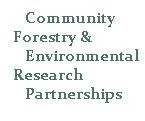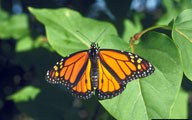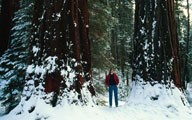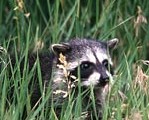|
11th Annual CFERP Workshop
Brandon Springs Group Center
Land Between the Lakes, Tennessee
September 5-9, 2007
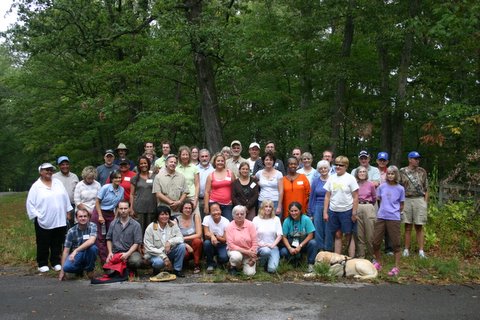
And while I was away, they burnt me to the ground
The concrete columns on the porch would be the first to fall.
A dozer knocked them through the wall.
Then what would burn was torched
A hundred thirty years were torched.
And there’s one more thing you ought to know.
I never meant no harm.
I just loved mama and that farm.
And I had no place to go.
Where else could I go?”
From “The Ballad of Babe Williams”
by Christopher Lew Wallace, Jr.
We clambered down from the bus and walked onto the neatly kept lawn of the cemetery. As we wandered through headstones bearing inscriptions from the nineteenth century we listened to stories from the former residents about life Between the Rivers, the removal of the families living in the area, and their ongoing efforts to maintain a connection to their ancestral homes.
The site of the 2007 annual workshop was the Land Between the Lakes National Recreation Area operated by the United States Forest Service. This area is a narrow strip of land, 40 miles long, between the Tennessee and Cumberland rivers. The first European settlers on this inland peninsula were revolutionary war veterans who took land as payment for their military service. Isolated by the waters of the rivers bounding their peninsular home, the original settlers and their descendants developed a unique way of life involving an ineffable love of the land.
Life moved with the rhythms of the seasons for over 150 years until the Roosevelt administration created the Tennessee Valley Authority in the 1930s and charged it with building dams to control floods, improve river navigation, and bring electricity into the region. Construction of dams on the Tennessee and Cumberland rivers in the 1940s created huge reservoirs and required forceful removal of the people living on farmsteads in the floodplains. Families that reestablished farms on high ground between the new reservoirs were forcefully removed a second time in the 1960s when the Land Between the Lakes (LBL) National Recreation Area was created.
These families still think of LBL as home. They have created an informal organization which holds meetings, sponsors potluck dinners, coordinates care of the cemeteries and other cultural sites in the LBL, and publishes a magazine. It was members of this group who guided us to several culturally significant sites on our field trip. They told us stories of loss, of rebuilding community through tending cultural sites in LBL, and ultimately of hope. In the late 1990s they collaborated with the Forest Service (which took over management of LBL in 1999) on restoring St. Stephen’s Catholic Church, the only church still standing in LBL. They hope to have more such collaborations with the Forest Service, as well as to have a greater say in the agency’s representation of their way of life and culture in historical exhibits. They feel that, as the bearers of that culture, they know it more intimately than anyone else and are thus in the best position to represent it to recreation area visitors. They are still negotiating this point with Forest Service officials.
With this position, they have touched on a key principle of participatory research: people who are bearers of a culture, engage in a particular livelihood, and practice some way of life have intimate knowledge of the things they are involved in on a daily basis, and that knowledge is integral to understanding the situation under study. CFERP fellow Damayanti Banerjee, who collaborated with the Between the Rivers people in the research for her doctoral dissertation, notes the importance of informing environmental management with such cultural knowledge. She argues that environmental policies are often intended to apply everywhere. That is to say they are global, and hence they neglect the unique ties between specific cultures and specific places. She suggests that there is a disconnect between environmental conservation and cultural preservation, and that “reconciling these two…will help us connect our cultural identities with our environmental selves, forging a better appreciation of our biophysical environments.”
Background Reading:
Workshop Information:
|
